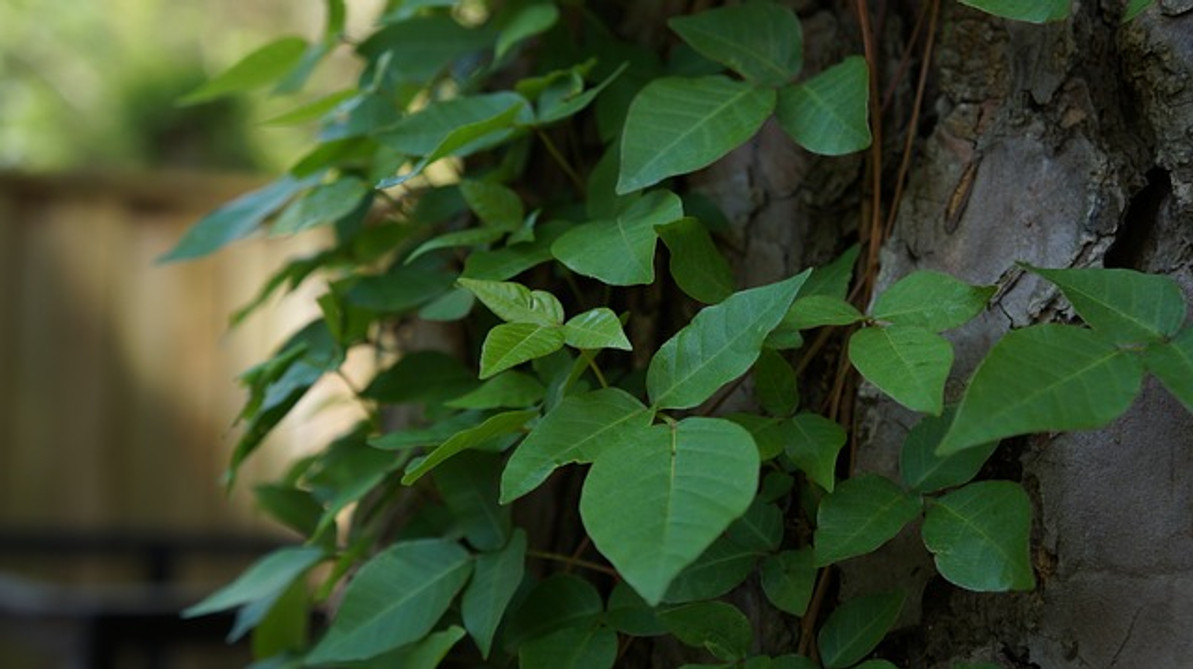5 Safety Tips to Follow When Working Around Poison Ivy and Poison Oak
Poison ivy and poison oak are undoubtedly common. You can find these two creeping plants nearly everywhere in the United States with the exception of Hawaii and Alaska. As their name suggests, though, poison ivy and poison oak are poisonous. Exposure to either of these creeping plants can result in a severe skin rash. If you frequently encounter poison ivy or poison oak while working, you should consider the following safety tips.
#1) Cover Your Body
One of the most important things you can do to protect against poison ivy and poison oak rashes is to cover your body. Rashes only occur with direct exposure. As long as these creeping plants don't touch your skin, you won't develop a rash. Covering your body will a long-sleeve shirt and full-length pants will protect you from the irritating effects of these creeping plants.
#2) Don't Disturb It
If you notice a creeping plant that has sets of three leaves, don't disturb it. Poison ivy and poison oak both consists of vines with sets of three leaves. While their nuances between these two poison plants, they share a similar appearance. And within their leaves is the poisonous oil. Cutting, pulling or otherwise disturbing the leaves will result in oil spilling out, which can lead to a rash if the oil happens to reach your skin.
#3) Apply a Barrier Product
There are products available to protect against poison ivy and poison oak exposure. They consist of creams or gels that, when applied to the skin, create an impenetrable barrier. You can use these products to prevent poison ivy and poison oak from reaching your skin. Just rub the cream or gel over your skin, after which you'll have a barrier that prevents the plants' oil from reaching your skin.
#4) Wash Clothing
Always wash your clothing after working around poison ivy and poison oak. The oil within these plants has a sticky texture. If it's released, it may stick to your clothes. Failure to wash your clothes may cause a rash at a later time. When you touch the clothes, some of the oil will transfer onto your skin. Assuming you're allergic to the oil -- over half of all adults are allergic to poison ivy and poison oak oil -- you may develop a rash. Washing your clothing will minimize your risk of rashes by removing this lingering oil.
#5) Scrub Skin After Exposure
In the event of exposure to poison ivy or poison oak, you should scrub your skin with warm water and soap. Most rashes will only occur if it the plants' oil remains on your skin for at least 20 minutes. You can't just remove it with the water, though. Instead, you'll need to scrub the oil off your skin. Using warm water, soap and a sponge or cloth, scrub your skin to remove the oil.
Recent Posts
-
Fire Safety in the Workplace: What You Need to Know
What steps are you taking to prevent fires in your workplace? According to the U.S. Occupational Saf …Aug 23rd 2023 -
Is It Safe to Go Jogging With a Cold Infection?
If you're suffering from a cold infection, you might be wondering whether it's safe to go jogging. T …Aug 22nd 2023 -
5 Safety Tips to Follow When Using a Powder-Actuated Tool
Powder-actuated tools are commonly used to join materials to steel and concrete. Also known as Hilti …Aug 20th 2023




